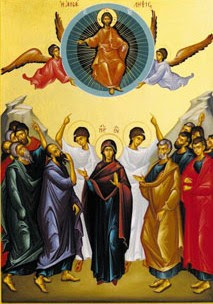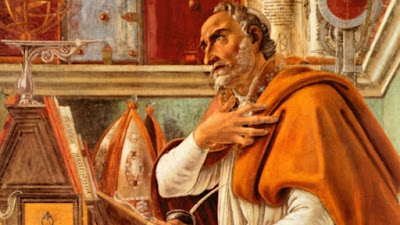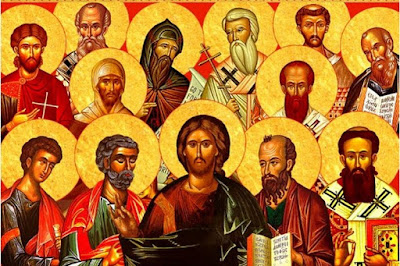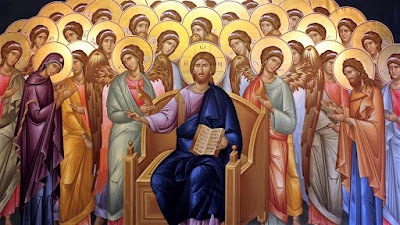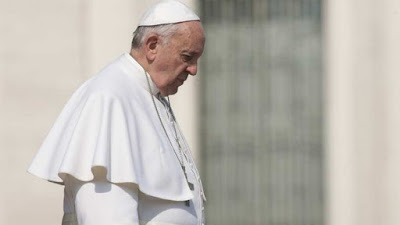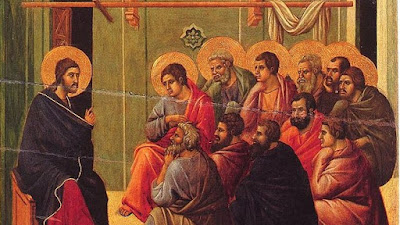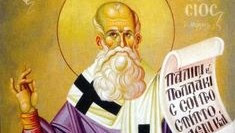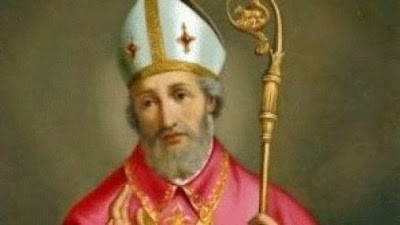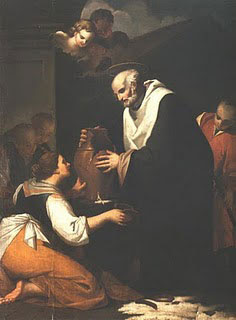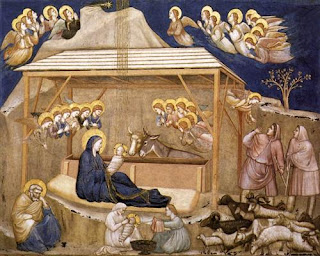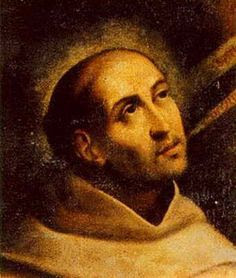God’s Love Perfects Us Amid Pain, Suffering & Despair
By Father Thomas Mattison We have been conditioned by years (centuries?) of teaching to think of love/charity as a virtue, something to do or not. But St. John tells us God is love. He does not tell us that God does love. I want to suggest that this is the insight – although never spoken – that makes Israel think of God as Elector/Electing; having no other identity than the one who chooses his own people. I do not think that we go far wrong when we assert that the only God we know is the one who loves/chooses us. With those observations in mind, I might like to revise the translation of John’s phrase and say that God is Loving, not as an attribute, but as the very dynamic of His being. You may want to reread this paragraph in order to forge ahead. If God is Loving, then all of creation is something like a love letter. You and I are words in that love letter. I don’t mean to sound like a song from the Seventies, but we must bite the bullet on this one and admit it: Unloving un

